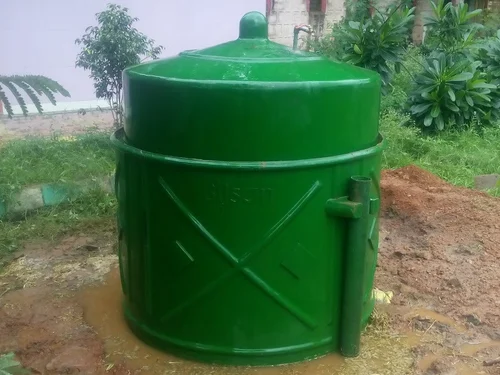WASTE TO BIOGAS PLANTS WITH CSTR AND PLUG FLOW TECHNOLOGY

Waste to Biogas Plants with CSTR and Plug Flow Technology
Waste-to-biogas plants can use different reactor technologies, including Continuous Stirred Tank Reactor (CSTR) and Plug Flow Reactor (PFR), to facilitate the anaerobic digestion process for converting organic waste into biogas. Here’s an overview of how these technologies are applied in such plants:
Continuous Stirred Tank Reactor (CSTR) Technology:
In a waste-to-biogas plant utilizing CSTR technology, the organic waste is continuously fed into a well-mixed tank, known as the digester. Inside the digester, microorganisms break down the organic materials in the presence of warm water (mesophilic or thermophilic conditions) and in the absence of oxygen. The key features of CSTR technology include:
Continuous Feeding: Organic waste is continually added to the reactor, maintaining a steady-state process.
Constant Mixing: A mechanical mixer or agitator keeps the contents well-mixed to ensure uniform conditions throughout the reactor.
Temperature Control: Heating systems maintain the desired temperature for the microbial activity.
Gas Collection: Biogas produced in the digester is collected at the top and can be stored or used for energy generation.
Plug Flow Reactor (PFR) Technology:
In a waste-to-biogas plant utilizing PFR technology, the organic waste flows through a long, narrow reactor in a linear manner. Microorganisms colonize the waste as it moves through the reactor, and the organic matter is gradually digested. The key features of PFR technology include:
Sequential Flow: Organic waste enters one end of the reactor and exits at the other end, creating a plug flow pattern. This allows for varying conditions along the length of the reactor.
No Mechanical Mixing: Unlike CSTRs, PFRs typically do not require mechanical mixing since the waste flows through the reactor naturally.
Temperature Control: Temperature may be controlled externally to ensure the desired microbial activity.
Gas Collection: Biogas produced is collected at various points along the reactor’s length and can be stored or used for energy generation.
Both CSTR and PFR technologies have their advantages and disadvantages, and their suitability depends on factors like the characteristics of the waste feedstock, the desired biogas production rate, and the available infrastructure. CSTRs are known for their stability and adaptability to varying feedstock, while PFRs may offer more control over the digestion process but may require more careful management of feedstock characteristics and flow rates.
Ultimately, the choice between CSTR and PFR technology in waste-to-biogas plants will depend on the specific requirements of the project and the goals of optimizing biogas production and digestion efficiency.
